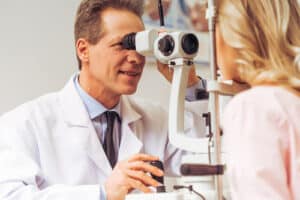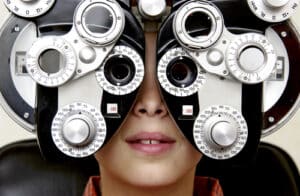When was the last time you had an eye exam? It can be easy to get caught up in the busyness of life, but it’s essential to make time to get your eyes checked regularly.
You may find yourself wondering how often you should have an eye exam. Keep reading to find out why eye exams are essential for eye care and when you should schedule your next one!
Why Are Eye Exams Important?
An eye exam is much more than an appointment to check if your prescription has changed. For those who need vision correction, routine exams are highly beneficial to ensure your glasses or contacts are still helping you see as well as you can.
However, there are many eye conditions that can develop over time in anyone’s eyes. Even those who do not use visual aids should still get an eye exam periodically.

The best way to maintain healthy vision is to detect potential problems as early as possible. An otherwise treatable condition can cause permanent damage if left undiagnosed.
For example, crossed eyes and lazy eyes can impair your vision into adulthood if not detected and treated during childhood.
Eye conditions like glaucoma often do not show symptoms in their early stages. When the disease has progressed enough for the individual to notice, permanent damage may have already occurred.
An eye exam allows your eye doctor to spot the early signs of such conditions before they have the opportunity to affect your eyes permanently.
How Is an Eye Exam Performed?
If you have had an eye exam previously, then you know it is quick and painless. Typically taking less than an hour, exams involve various tests to check the quality of your vision and the overall health of your eye.
Your eye doctor will begin by asking basic questions about your medical history. They’ll also ask if you have any particular concerns related to the health of your eyes.
After learning your history, your eye doctor or technician will check your eye’s vital signs such as visual acuity, peripheral vision, eye muscle movement, eye pressure, and pupil reaction.

Visual Acuity
Visual acuity is measured one eye at a time using a large card or projection with rows of letters that progressively get smaller. Reading the letters off the chart allows your doctor to determine how well you can discern objects at a given distance.
Peripheral Vision
For peripheral vision testing, you may also be asked to cover one eye at a time to test your ability to perceive objects in your peripheral vision.
Eye Muscles
The muscles of the eye are a crucial component of healthy functioning. Therefore, your doctor will check that they are able to move in all six directions properly and are capable of tracking an object such as a pen.
Pupils
To check proper pupil functioning, your eye doctor shines a light in each eye to see if your pupils restrict accurately to the direct light. Pupil testing is necessary to make sure they are reacting to light and responding to objects at various distances as they should.
Tonometry
Eye pressure testing, also known as tonometry, is used to measure pressure in the eye, which can be a sign of glaucoma. It is an integral part of the comprehensive eye exam because high pressures can cause lasting vision damage.
Dilation
Since many structures of the eye cannot be properly viewed without dilation, your eye doctor will dilate your eyes during most routine eye exams. Dilation is necessary so that your eye doctor can get a clear view of the overall health of your eye.
Next, your eye doctor will perform an up-close and detailed inspection of your eyeball and surrounding structures using a microscope.
It is important to remember to bring a pair of sunglasses to your annual eye exams. Dilation can cause light sensitivity and blurry vision up close for a few hours after your appointment.
Other tests performed on an as-needed basis include:
- Refraction: If you need to wear glasses or contacts, your eye doctor will perform a refraction test to find the best prescription for you. They will try various lenses and ask which allows you to see most clearly.
- Color vision: If you suspect you have some degree of colorblindness, this simple test will help the eye doctor diagnose it.
- Ophthalmoscopy: This evaluation inspects the retina and monitors diseases like glaucoma and diabetes.

How Often Should You Have an Eye Exam?

Often, the question of when you should have an eye exam depends on your age, the health of your eye, and your family eye history.
Infants should have their vision checked during their pediatric exams for the first three years of their life. From three until six, it is recommended to have an eye exam every year or two.
During childhood and teenage years, exams are usually recommended as needed. Those in this age range should schedule an eye exam as soon as they notice any vision challenges like difficulty reading the board at school.
Once in your twenties, you should have at least one eye exam and two in your thirties. From your thirties, until you reach senior age, you should have an exam every two to four years. Seniors should have their eyes checked every one to two years.
Your Health Affects How Often You Need Eye Exams
These recommendations are intended for those who are otherwise relatively healthy. If you have other conditions like diabetes that can affect the health of your eye, you should have at least one exam per year.
Your eye doctor may recommend yearly exams if you have a family history of certain eye diseases. Annual checkups will aid in the early diagnosis and treatment of any eye diseases you may be prone to due to genetics.
Is it time you got your eyes checked? Schedule your appointment at Takle Eye Group in Griffin, GA, today!




